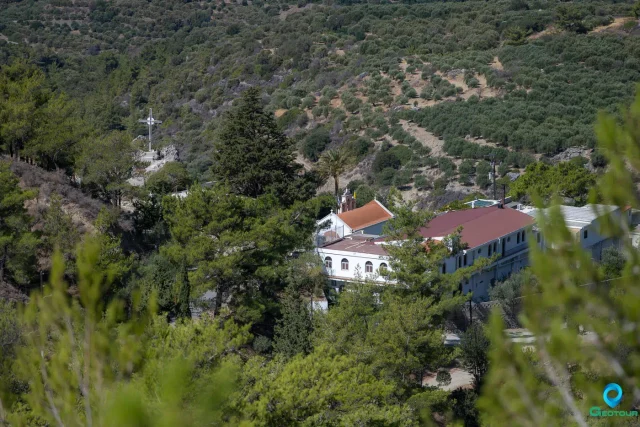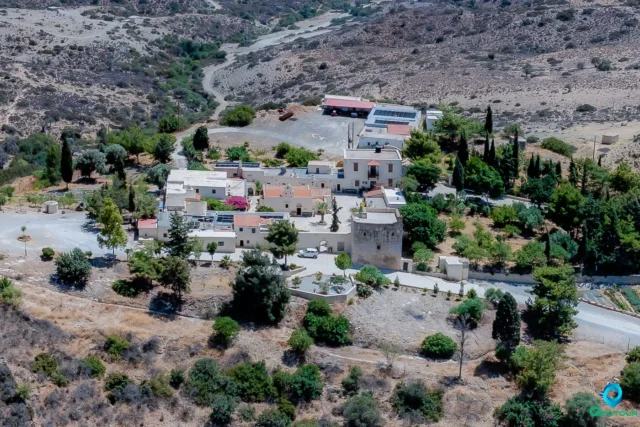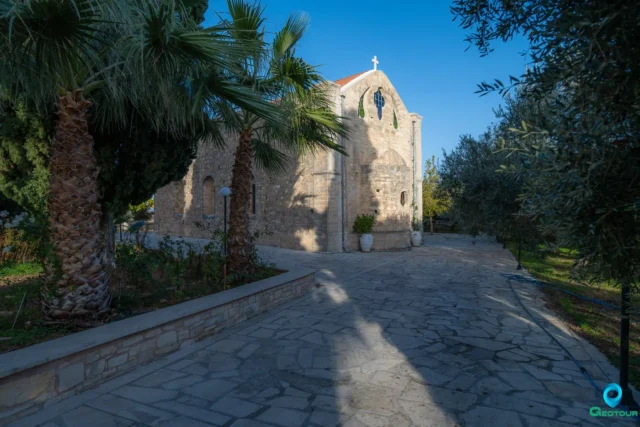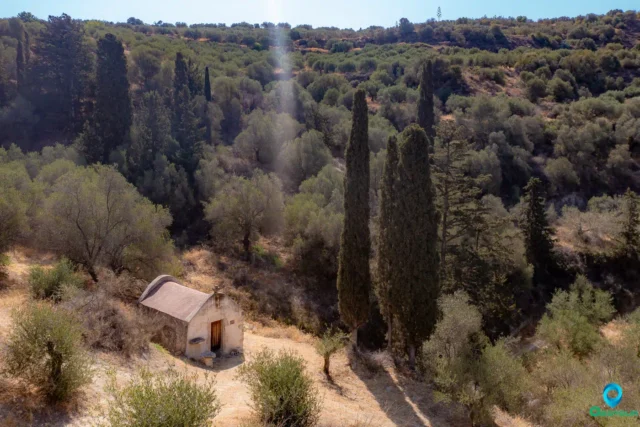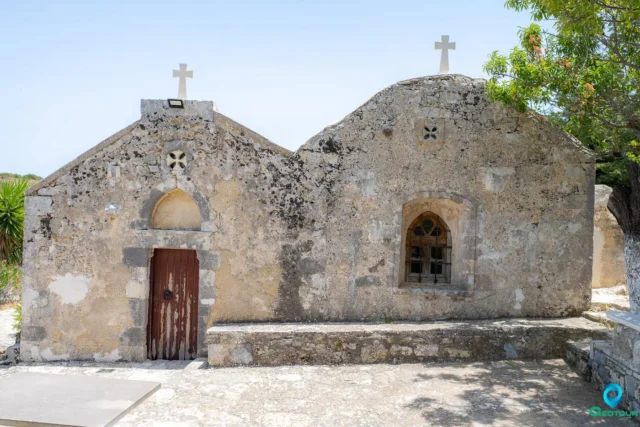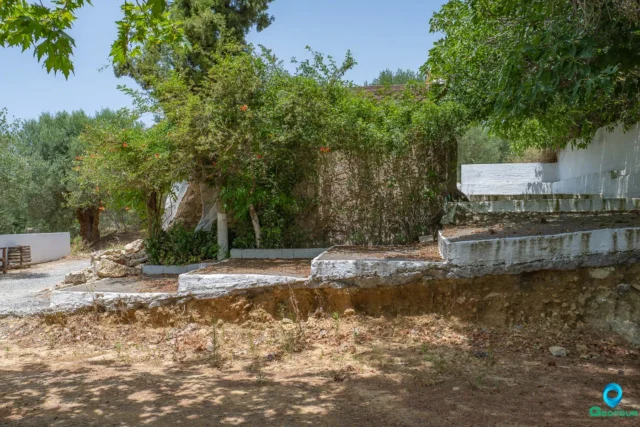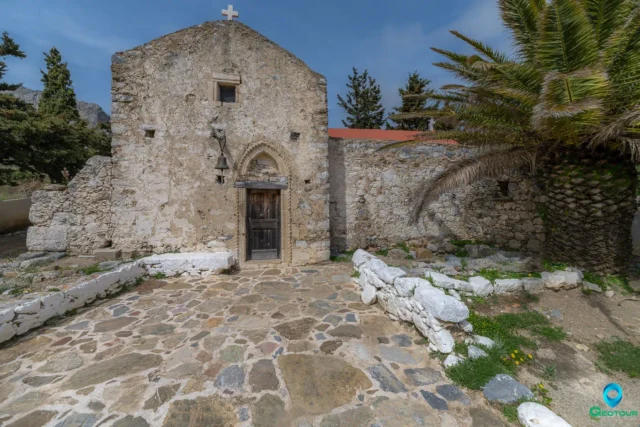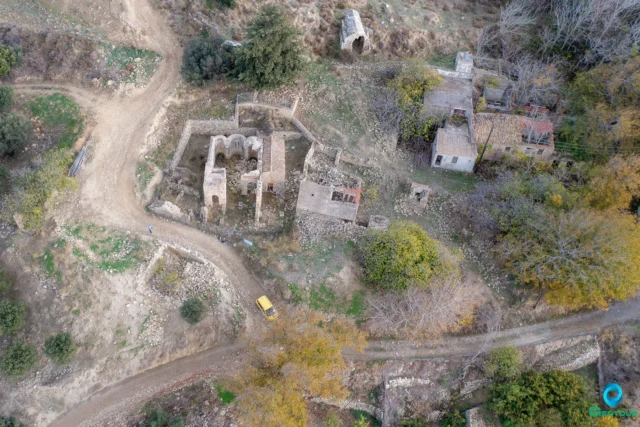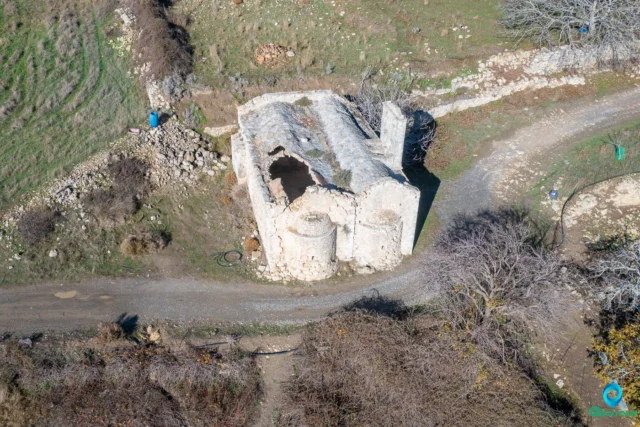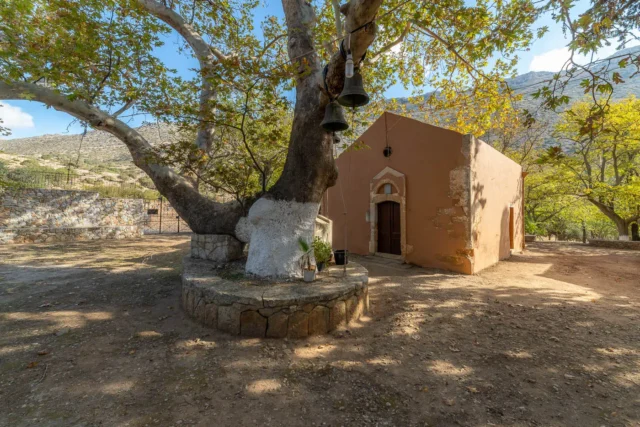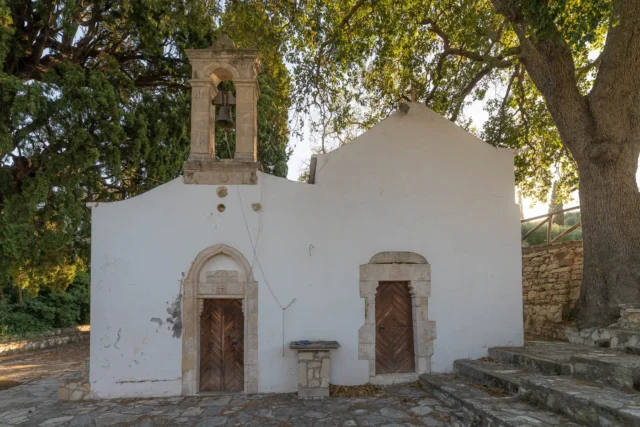95
listings found
Categories
Active filters:
Holy Monastery of Panagia Exakousti
Located in Malles, Ierapetra, at an altitude of 540 meters, this active convent was significantly renovated in the late 19th century by the monk Ananias Barberakis. The complex centers around a single-aisled main church dedicated to the Nativity of the Theotokos and an older, cave-like chapel of the Transfiguration. After periods of decline and looting, it was revived in 1961 and converted to a convent in 1976, now housing workshops for weaving and tailoring.
Monastery of the Holy Spirit
Located near Kissos, Rethymno, on Mount Kentros, this Orthodox monastery, possibly dating to the Byzantine era and active during Venetian times, was destroyed in 1821. It later became the significant "School of the Holy Spirit" in 1836 under Ottoman rule, educating figures like Emmanouil Tsouderos. A memorial marks an 1868 battle site. Declared a protected monument in 1980, it is now restored and reopened, with an Abbot appointed after nearly 200 years. It falls under the Metropolis of Lambi, Syvritos and Sfakia.
Moni Kapsa Monastery
Moni Kapsa, an Eastern Orthodox monastery in southeastern Crete, Greece, is dedicated to Saint John the Baptist. Situated in the Lasithi region, near Pervolakia Gorge and overlooking the Libyan Sea, the monastery features a unique cave-like church with pebble mosaics. Its history spans from the Byzantine period, with evidence of hermits and monks residing there, through Venetian rule, pirate raids, and Ottoman influence. It was revived in the 19th century by Iosif Gerontogiannis, a local hermit later venerated as a saint. The complex includes monks' cells, a guesthouse, and a dining hall, built on four levels. The church's north wall contains paintings from 1552-1809, remnants of an older structure. The nearby Pervolakia Gorge offers hiking trails and unique flora. The monastery played a role in WWII, assisting Allied forces. It was restored in the early 2000s and remains an active monastery.
Moni Odigitrias monastery
Moni Odigitrias, a 14th-century Greek Orthodox monastery nestled in the Asterousia Mountains of Crete, stands as a testament to the island's rich history and resilience. Dedicated to the Virgin Mary "Odigitria" ("She who shows the way"), the monastery has been a place of pilgrimage and refuge for centuries.
During the Venetian period, Moni Odigitrias flourished as a center of learning and art. Its walls are adorned with frescoes by renowned Cretan painters, including Angelos Akotantos, who also crafted the monastery's iconic iconostasis. The monastery's collection of valuable icons and manuscripts further reflects its cultural significance.
Moni Odigitrias played a pivotal role in the Cretan resistance against the Ottoman Empire. It served as a sanctuary for rebels and a symbol of defiance. The legendary "Xopapas" (Father Ioasaph), a monk turned rebel leader, led the resistance from within the monastery's walls.
Today, Moni Odigitrias remains a working monastery, home to a small community of monks. It has undergone extensive restoration and welcomes visitors to explore its historic grounds, including a museum showcasing artifacts from its past. The museum houses a traditional loom, a stone oven, an olive press, and agricultural tools, providing a glimpse into the monastery's self-sufficient lifestyle.
Agia Paraskevi in Aitania
Agia Paraskevi, a 14th-century Byzantine church near Aitania village in Crete, is adorned with well-preserved frescoes depicting saints like Vlasios, Titus, and John the Theologian, alongside biblical scenes. The church, accessed via a steep dirt road, features a single room and a sanctuary with unique motifs like the Melismos and Christ as the Great High Priest. Frescoes on the north and south walls portray various saints, including military saints, while the arch showcases scenes from the Dodekaorton. Local tradition recounts miraculous healing associated with the church, with a ritual involving holy water from a now-dried spring. Restored in 2003, the church's exterior is simple, with a buttress and a stone table used for bread blessing during festivals.
Agios Ioannis Theologos in Galatas
Byzantine-era, two-aisled church near the Minoan Palace of Galatas in Crete. Features an arkosolio and possible monastic remains. Frescoes in poor condition.
Agios Pavlos Monastery near Paranymfoi
The Agios Pavlos Monastery is a Venetian-era ruin near Paranymfoi, Crete. Located in the Asterousia Mountains, it once served as a hermitage and monastery. The site features a single-aisled basilica church with traces of frescoes, a carved doorway, and ruins of monks' cells. The monastery, linked to the scholar Iosif Filagris, flourished during the Venetian period but was abandoned in the 20th century. The surrounding area shows signs of inhabitation since antiquity, including possible evidence of an ancient sanctuary. The monastery is accessible by a dirt road from Paranymfoi and is situated above the Porofarago gorge, near the hiking trail to Tries Ekklisies.
Mikra Episkopi
Mikra Episkopi is an abandoned village in Crete, Greece. Once known as the seat of the Diocese of Arcadia, it is now deserted with dilapidated houses and overgrown paths. The village is located 7 km southwest of Arkalochori and 1 km north of Partira. Despite its current state, Mikra Episkopi holds historical significance, particularly due to the ruined church of Sotiras Christos (Savior Christ), a Venetian-era structure built upon the remains of an earlier basilica. The church features a cruciform architectural style with a dome and a narthex, with some walls, columns, and capitals still visible. Additionally, the village has the church of Panagia (Virgin Mary) with Venetian-era frescoes and the ruins of the church of Agios Dimitrios (Saint Demetrius).
The population of Mikra Episkopi has dwindled over the centuries, from a mix of Christians and Muslims in the 1800s to becoming completely abandoned in the 1990s. Recent census data shows a slight increase in population, but the village remains largely deserted.
Agioi Apostoloi Church (Holy Apostles), Alagni
Located on Tholoi hill near Alagni, this is a 15th-16th century double-aisled Byzantine church dedicated to Apostles Peter and Paul. It features the Venetian Cornaro family coat of arms and two arcosolia (arched tombs), one externally dated to 1614. Situated near the 16th-17th century Tholoi fortress, it was part of the local defense network. Damaged in the 2021 Arkalochori earthquake, the site, owned by the Monastery of Sinai, is now abandoned and neglected.
Panagia Kardiotissa near Voroi
Former monastery north of Voroi, Crete. Features a double-aisled church with late 14th-century frescoes. Generally closed to the public.
The Church of Christ the Saviour in Temenia, Selino
The Church of Christ the Saviour is located in the Lazopouliana neighborhood in the village of Temenia, in the Selino region of Chania, Crete. This small church was built in […]
Monastery of Kyria Chrysopigi in Pyrgou
Located near Pyrgou, Crete, this Greek Orthodox monastery is dedicated to the Life-Giving Spring (Zoodochos Pigi), reflecting its construction near a water source, and Saint Titus. Once a cenobitic monastery with workshops, its history is noted in a 1577 Venetian document. It survived the Ottoman conquest, functioning initially but later falling under the Monastery of Gorgolaιni. Renovations occurred in 1745 and 1796. The main church (katholikon) is double-aisled. Surrounding features include a stone olive millstone, winemaking remnants, graves from its time as a cemetery, and the original water source with a stone fountain. A stone bell tower dated 1908 stands nearby. Currently, only the katholikon remains, and the monastery is inactive.
Saint John the Theologian in Margarites
14th-century Byzantine church in Margarites, Crete, featuring frescoes from 1383.
Monastery of the Saviour Christ and Saint Gideon (Metochi Karakalou)
16th-century monastery in Margarites, Crete. Dependency of Karakalou Monastery, Mount Athos. Associated with Saint Gideon. Restored.
Agios Ioannis Theologos in Kritsa
Located between Kritsa and Kroustas in Crete, this settlement centers on the Monastery of Agios Ioannis Theologos, founded in the 10th century during the Second Byzantine period. Mentioned in a 1219 treaty, its fortified location served as a crucial refuge for rebels ("hainides") against the Venetians and Ottomans. In 1925, its cells were given to Asia Minor refugees. The monastery's katholikon is a triple-aisled basilica with a dome, featuring valuable Byzantine frescoes dated 1347-1348. The naves are dedicated to the namesake, the Metamorphosis tou Sotira, and Agios Charalambos. A 13th-century silver processional cross from the monastery is now housed in the Historical Museum of Crete.









